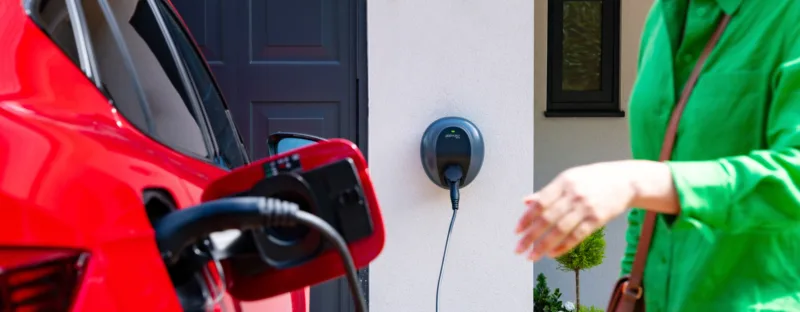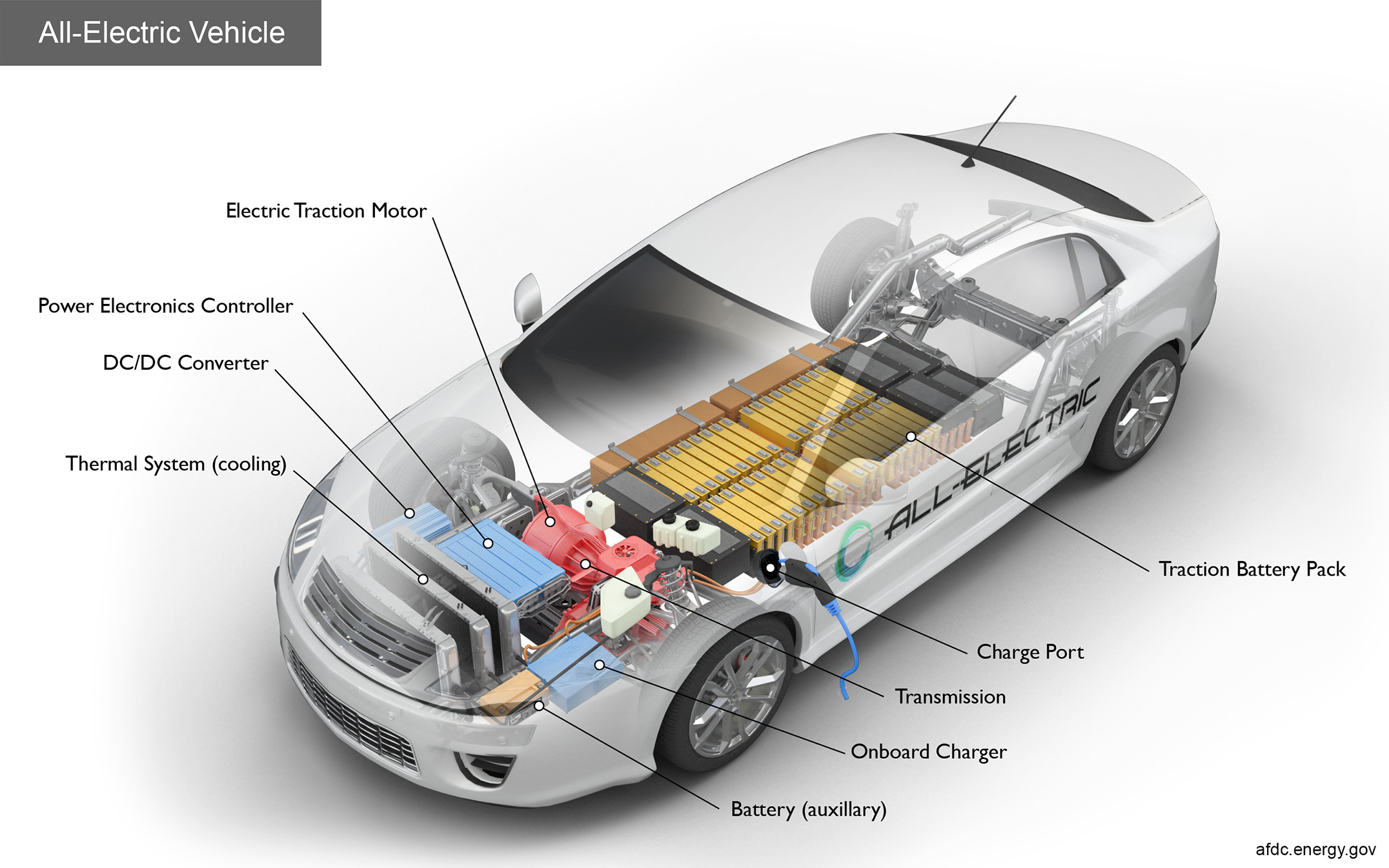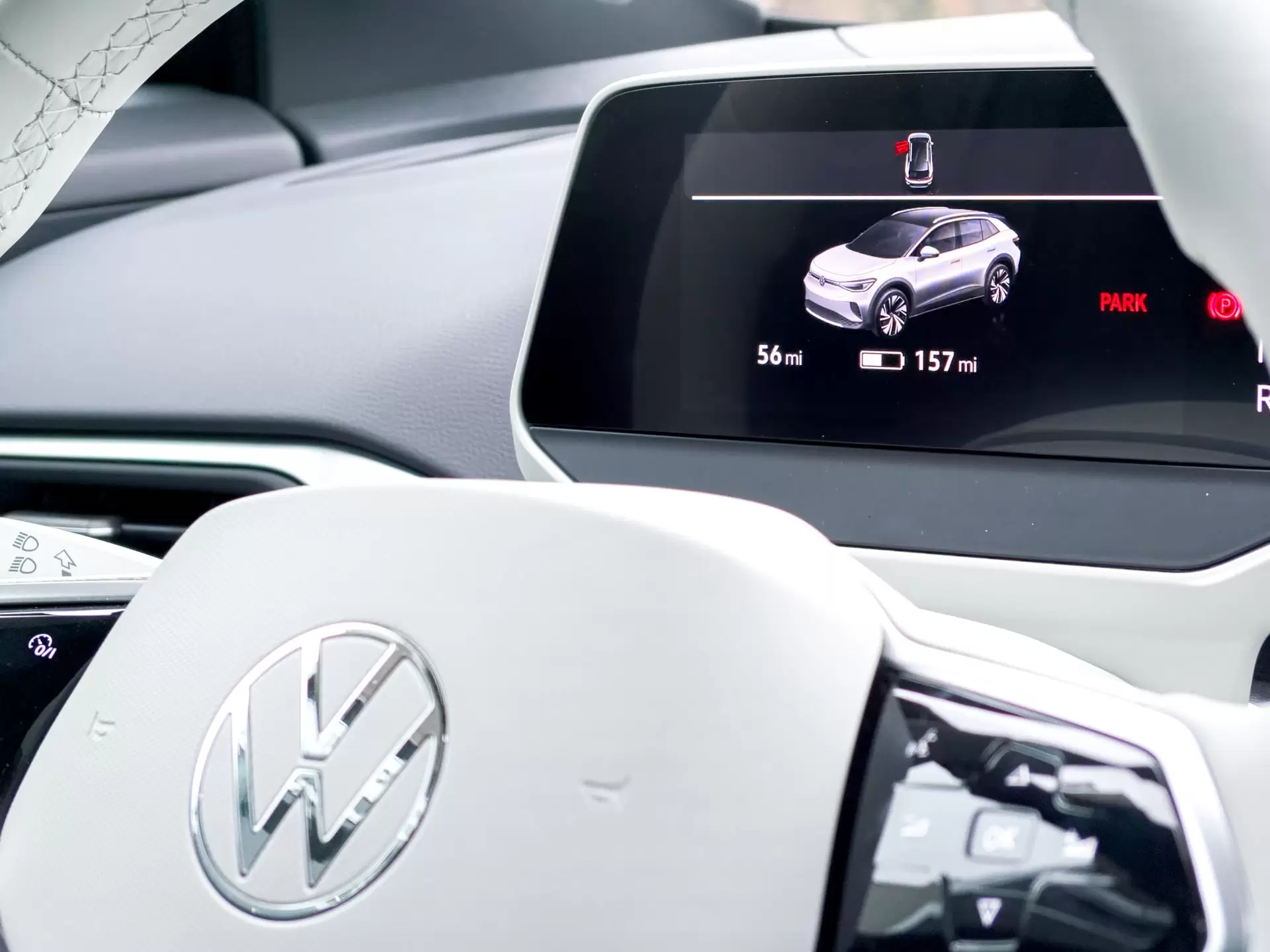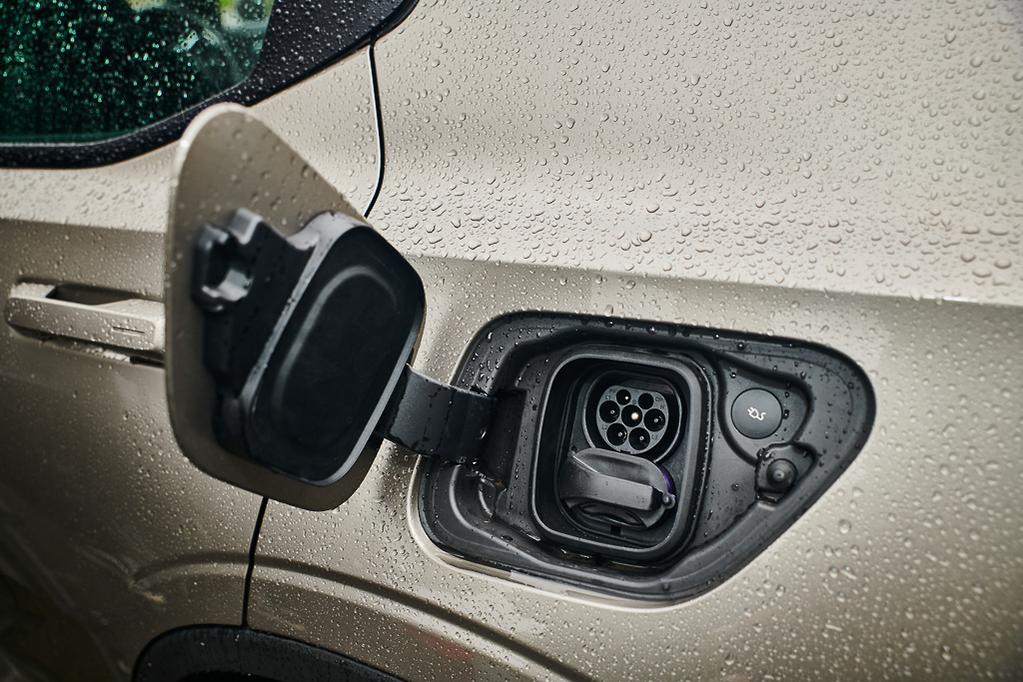How Electric Vehicles Are Reducing Carbon Footprints
A carbon footprint is defined as the amount of greenhouse gases (such as carbon dioxide and methane) released into the atmosphere as a result of the activities of a particular individual, organisation, or community. This includes things like heating your home, your electricity use, the food you eat, the clothes you buy, and even the vehicle you drive.
Electric vehicles (EVs) have been receiving growing interest from consumers for many reasons. Not the least of which is the positive effect an EV car can have on your carbon footprint.
However, there’s just as much information floating around that EVs do the exact opposite. So, do EVs actually reduce carbon emissions? Continue reading below to find out for yourself.
.webp)
Understanding the Carbon Footprint of Traditional Vehicles
Internal combustion engine vehicles (ICEV) are the traditional cars, trucks, and vans we all used (and still use today) before the mass explosion of EVs beginning with the release of the Toyota Prius in Japan in 1997. These gas guzzlers are convenient for everyday life and make getting around easier in more car-centric cities—they also release tonnes of greenhouse gases into our atmosphere.
While manufacturing an ICEV also contributes to its carbon footprint, the combustion of gasoline is the primary factor driving its impact on the environment. Carbon emissions during the production of a medium-sized vehicle is estimated at 10 tonnes of carbon dioxide equivalent (tCO2e). The tailpipe emissions of that same vehicle over its lifetime is said to be 32 tCO2e (assuming a 16-year life span and 240,000 kms).
The Lifecycle Emissions of Electric Vehicles
Between manufacturing, battery production, and charging, EVs have a complex lifecycle emissions track record. Electric and hybrid vehicles do create more carbon emissions during their production than ICEVs; however they are still greener overall.
Using the same medium-sized vehicle example as above, the carbon footprint of an EV (non-hybrid) over its lifecycle is 39 tCO2e, 16 tonnes less than its ICEV counterpart. Although what may be more important is how an EV reaches this number.
Manufacturing and Battery Production Emissions
Continuing with the example, EVs production emissions are 40% higher than their ICEV counterparts. Battery manufacturing for one medium-sized EV alone is 5 tCO2e, and manufacturing the vehicle adds another 9 tCO2e.
Emissions During the Operational Phase
EVs do, however, produce significantly less emissions while on the road which is why, despite its higher manufacturing carbon footprint, EVs are still seen as more green than traditional ICEVs. EVs can produce even fewer emissions during the operational phase when charged using renewable energy sources.
All-electric vehicles have zero tailpipe emissions. When you compare that to a traditional gasoline vehicle’s lifetime tailpipe emissions of 32 tCO2e, you can begin to see where the two deviate and EVs begin to pull away. It’s said that an EV can “break-even” after as little as two years on the road, depending on the estimated source.

Comparative Analysis: EVs vs. Internal Combustion Engine Vehicles
In total. 46% of EVs carbon footprint is generated at the factory before it has even travelled a single kilometre. While it’s true that EVs also have electricity production emissions, this is much less than the combination of tailpipe and fuel production emissions of an ICEV.
According to the Transportation Energy Institute, an EV produces almost 41% fewer tons of carbon than a comparable ICEV over their respective lifetimes. For comparison, a typical Hybrid-EV produces nearly 29% fewer tons of carbon compared to ICEVs.
If the amount of emissions generated during the manufacturing phase can be reduced, EVs could be even more sustainable than they currently are.
The Role of Renewable Energy in Maximising EV Benefits
As diminutive as EVs are in terms of our carbon footprints, using renewable energy for charging our EVs can reduce these numbers even further. But what does this entail? Australia’s rivers and water resources, windy coastlines, and abundant sunshine make the perfect home for hydro, wind, and solar power, respectively.
Renewable energy sources like solar, wind, and hydro can charge EVs, reducing reliance on fossil fuels. Since most EV charging occurs at home, installing solar panels is the most efficient method. This also addresses the problem of solar homes wasting excess energy on sunny days, thereby saving both money and carbon emissions.
The sustainability initiative is promoting interest in charging stations that are powered by renewable energy sources. Solar-powered EV charging stations are already in use in some locations.
Challenges and Considerations in EV Adoption
Of course, there’s always challenges and things to take into consideration with the adoption or integration of any new technology. For starters, the mining of the components for EV batteries has a major impact on the environment. EV lithium-ion batteries are made with materials like lithium, nickel, cobalt, and copper that are expensive. In some cases, these materials can also be toxic and flammable.
The mining of these materials, and their manufacturing and disposal processes create serious environmental challenges that require ingenious solutions. We must also find ways to reuse and recycle old batteries in sustainable ways.
Embracing EVs for a Sustainable Future
While they are not without their shortcomings, EVs are still the most cost-effective and sustainable way to go about your daily life. With zero tailpipe emissions, these cars offer a great option for those looking to the future, as well as those who want to make an impact now.
The combination of renewable energy and electric vehicles are restructuring the energy landscape and driving Australians closer towards a net zero carbon footprint.
Looking To Purchase EV Charger? Get Yours Today!
EVs are a great way to reduce your carbon footprint and support a cleaner, greener Australia. 80-90% of Australian EV owners prefer home charging and for good reason. If you already have solar panels, renewable EV charging can save money and reduce household emissions.
At revcharge, we help you find the most suitable EV charger and even have one of our technicians come to your home to install it for you. If you’re looking for a top quality EV charger, shop with revcharge and commit to a sustainable future.







